A Change Maker is a person – at any stage in their life (they might be a child, student, professional or retired person) who recognises problems in the world and works to create change and improve a particular problem.
Well known Change Makers include people like Bill Gates, Greta Thunberg and Marcus Rashford.
But you don’t have to be famous to be a Change Maker – Imperial has it’s own community of Change Makers. People like Jess Wade in Physics are Change Makers. Jess realised that wikipedia privileges the stories of white, male scientists and has been working to create wikipedia pages for minority and female scientists to redress this problem.
Can anyone be a Change Maker?
Absolutely anyone can be a Change Maker. You don’t need to be top of the class, full of ideas or from a particular background. You don’t need to know the right people, or have lots of contacts.
Change Makers might be philanthropists, activists, campaigners, community workers, innovators, entrepreneurs – or just every day people like you and me.
Some people will create change on a global scale, but some people will create change that begins with themselves and then grows from there. Change doesn’t have to happen immediately, it might take time or happen gradually. Creating change might happen in one go, or it might hit road blocks and happen a little at a time over a long period.
There is no right or wrong way to create change, but it can be helpful to develop a Change Maker mindset. This is something that we encourage in all of our modules.
What is a Change Maker mindset?
To develop a Change Maker mindset it helps to think about the following skills or ways of approaching the world.
- You need to engage with the world critically – this doesn’t mean criticising the way that the world is, it means questioning the way that the world is. Why do things happen a certain way, is it possible to change that or see things from a different perspective?
- You need to be able to spot difficulty, challenge or discomfort – sometimes if a problem doesn’t impact us directly, it is hard to understand that it might be a problem. Being able to recognise problems is a key skill.
- You need to be interested in the problem you identify – you should feel energised to tackle the issue with a degree of passion. If you don’t feel this, then you need to look for a different issue to focus on. You can’t create change without emotional engagement and a really deep desire to make a difference. Not everyone is suited to tackling every issue – and there are plenty to go around – so pick the issue that gets you out of bed in the morning!
- You need to be able to plan and act decisively – this doesn’t always mean you will get things right straight away. But if you cannot decide what to do, you will never get started with creating change.
- You need to be creative in your approach – don’t worry if you don’t feel like a creative person, we’re all creative in the right situation. If you have critically engaged with the problem, and you feel passionate about solving it, creativity will follow. Take time to pursue creativity – use some creativity tools to help broaden your thinking. And remember, creativity is about going beyond the obvious. Try to think beyond the realms of possibility – this will drive your thinking into the most creative areas that are beyond the scope of things that have already been considered. Once you are thinking in terms of things that are not possible, it is a short step back to the really innovative ideas that might not seem possible – but really are!
- You need to be brave and fearless in your approach. Don’t worry about looking silly or taking risks – this is what change is built on. If you have thought things through, trust your instincts. Take advice, listen to a range of perspectives and then go for it!
- Finally, you need to be inclusive in your approach. Change will not take hold unless you can take other people along with you. Sometimes we can demonstrate change in ourselves first and then engage others, but if you want to create change in an issue that doesn’t directly impact you, how can you engage relevant stakeholders and individuals that are impacted by that issue. How can you empower them to join in your campaign for change?
Our Change Maker kit
It can be hard to keep all these ideas in mind, so sometimes we encourage students to develop their own Change Maker kits. These are collections of items that act as talismans to help us remember each of the parts of the Change Maker mindset. You can choose whatever works for you.
Our Change Maker kit includes:
- Coloured pens for creativity
- A coin to toss for decisiveness
- A stone to put in your shoe to help you recognise and work with discomfort
- Glow in the dark glasses for fearless vision
- Lovehearts candy for passion and energy
- Shoelaces to physically tie teams together and promote inclusivity
These items are just symbolic, but they remind us of the Change Maker mindset and ensure that we maximise our potential to create change.
Last Updated 30th September 2023
